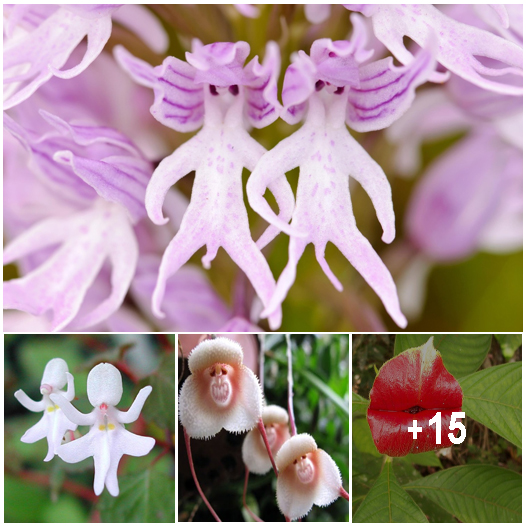
Khi hoa trông giống như hoa, chúng ta chủ yếu đánh giá cao sự hiện diện của chúng, nhưng đôi khi chúng có thể lừa chúng ta. Đặc biệt là khi chúng mang hình dạng của những sinh vật khác của Thiên nhiên, một con chim bồ câu trắng, một cô gái nhảy múa, thậm chí là một người đàn ông khỏa thân… Dưới đây là một số loài hoa trông kỳ lạ nhất trên trái đất giống với thứ gì đó (hoặc ai đó) khác.
Hoa lan người trần truồng (Orchzis Italica)

Nguồn
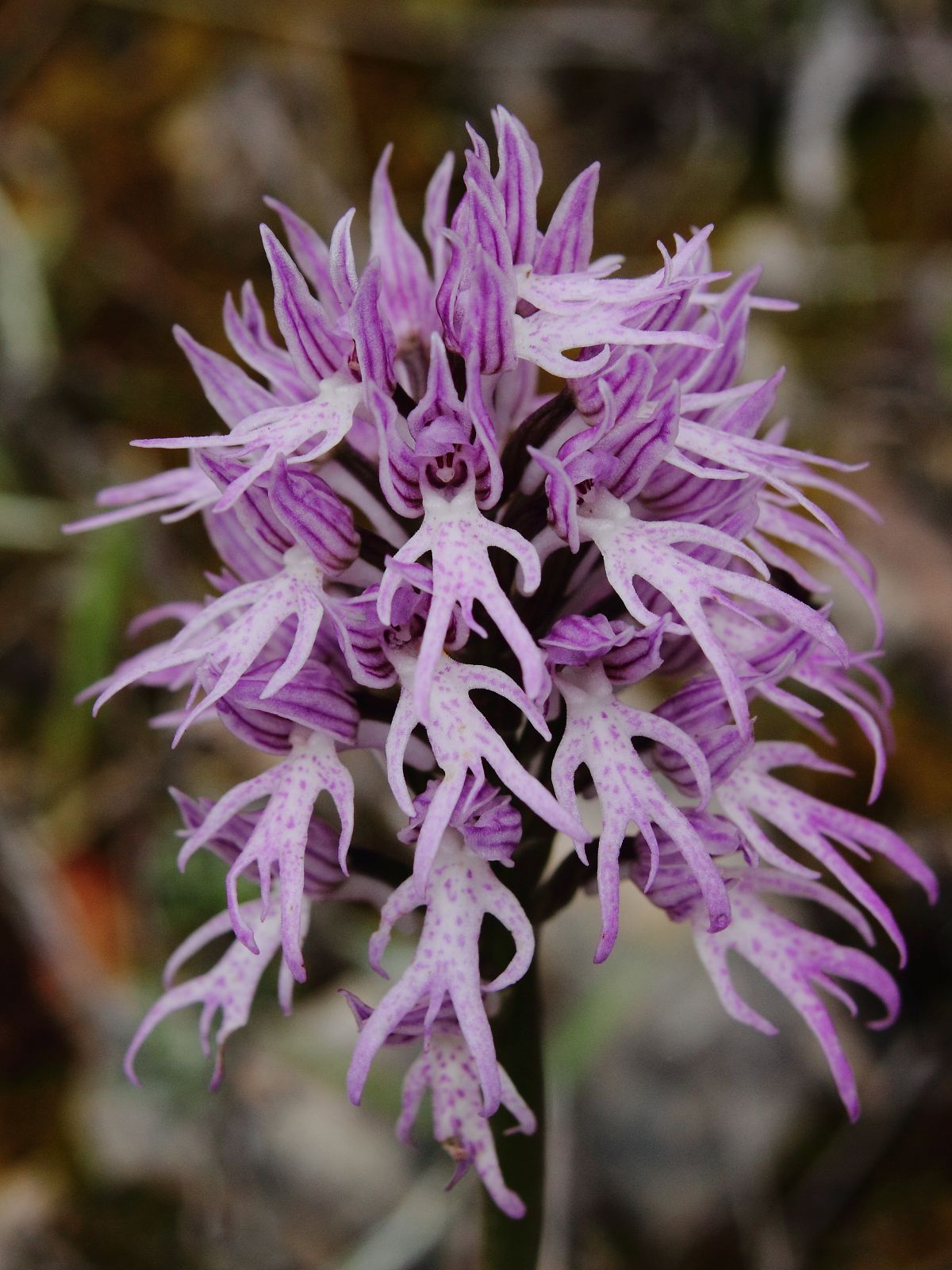
Ảnh: Luis nunes alberto
Naked Man Orchids, còn được gọi là Hanging Man Orchids, có nguồn gốc từ Địa Trung Hải và giống như những người đàn ông khỏa thân treo nhỏ xíu, đến từng chi tiết cuối cùng. Chúng có nhiều kích cỡ khác nhau (như thường lệ với những người đàn ông khỏa thân) và thường có màu từ trắng tía nhạt đến hồng tía đậm. Cây có tình trạng bị đe dọa, có lẽ do sự phổ biến của nó như một loại thuốc chống tiêu chảy, chống đầy hơi và kích thích tình dục. Những bông hoa vui nhộn này cũng được sử dụng để làm thức uống Salep, còn được gọi là Turkish Delight.
Cô gái nhảy múa (Impatiens bequaertii)

Nguồn
Ngay cả những người thu gom thực vật quyết tâm nhất cũng sẽ gặp khó khăn trong việc tìm kiếm những thứ này! Trong số những bông hoa hiếm nhất, những anh chàng này được đặt biệt danh vì giống với những quý cô nhảy múa trong váy. Bản thân cây khá nhỏ nhắn, phát triển đến chỉ khoảng một feet và mang hoa dài tối đa 1/2 “. Nó có màu trắng và hồng nhạt và có nguồn gốc từ Đông Phi – nhưng sẽ bén rễ bất cứ nơi nào nó chạm vào đất. Vì vậy, nó làm cho một cây trồng trong nhà tuyệt vời – cho bạn có thể tìm thấy một.
Lithops Weberi (Lithops comptonii)
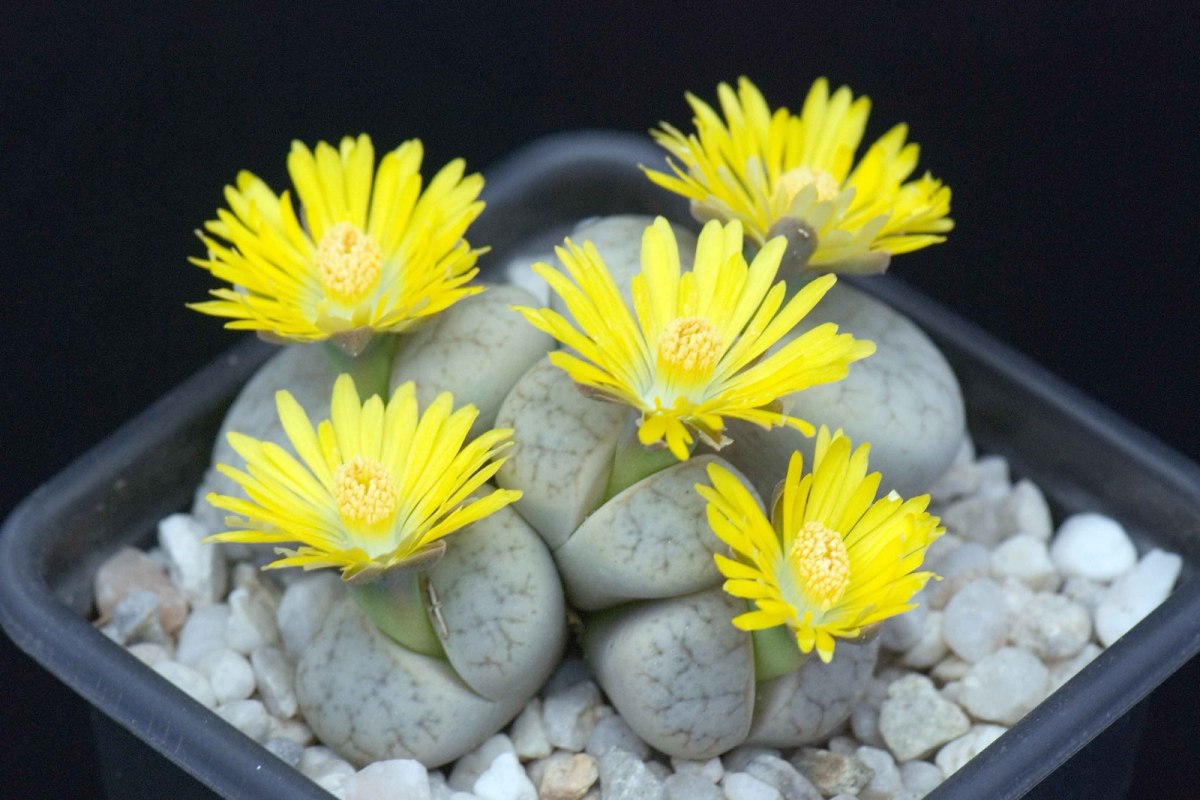
Photo: Harry Harms
A flowering stone? Yes, indeed. Lithops Weberi, otherwise known as Living Stones, are perfect to grow indoors, especially for folks whose thumbs are not so green. Native only to South Africa, their evolutionary progress turned them into a drought-proof plant. When the plant blooms it looks rather peculiar, with a white or yellow daisy poking out from what appears to be solid stone. Thinking of multiplying your Living Stones? Simply take a leaf off of one, stick it into the pebble bed and there you have it. It will take root. Period.
Flying Duck Orchid (Caleana major)
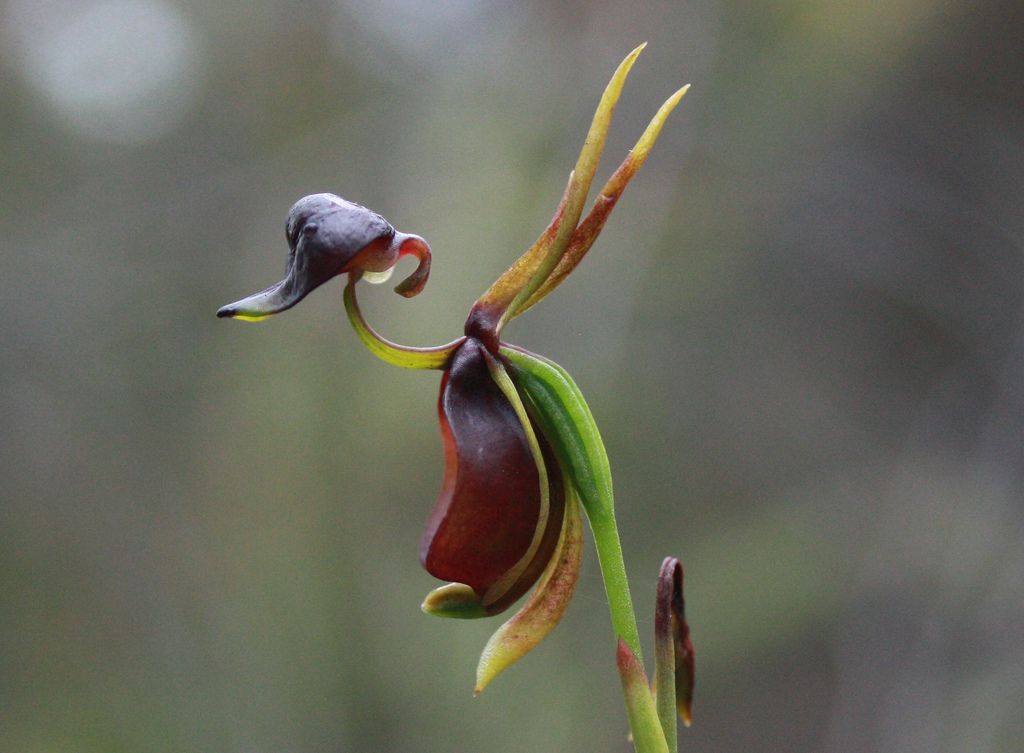
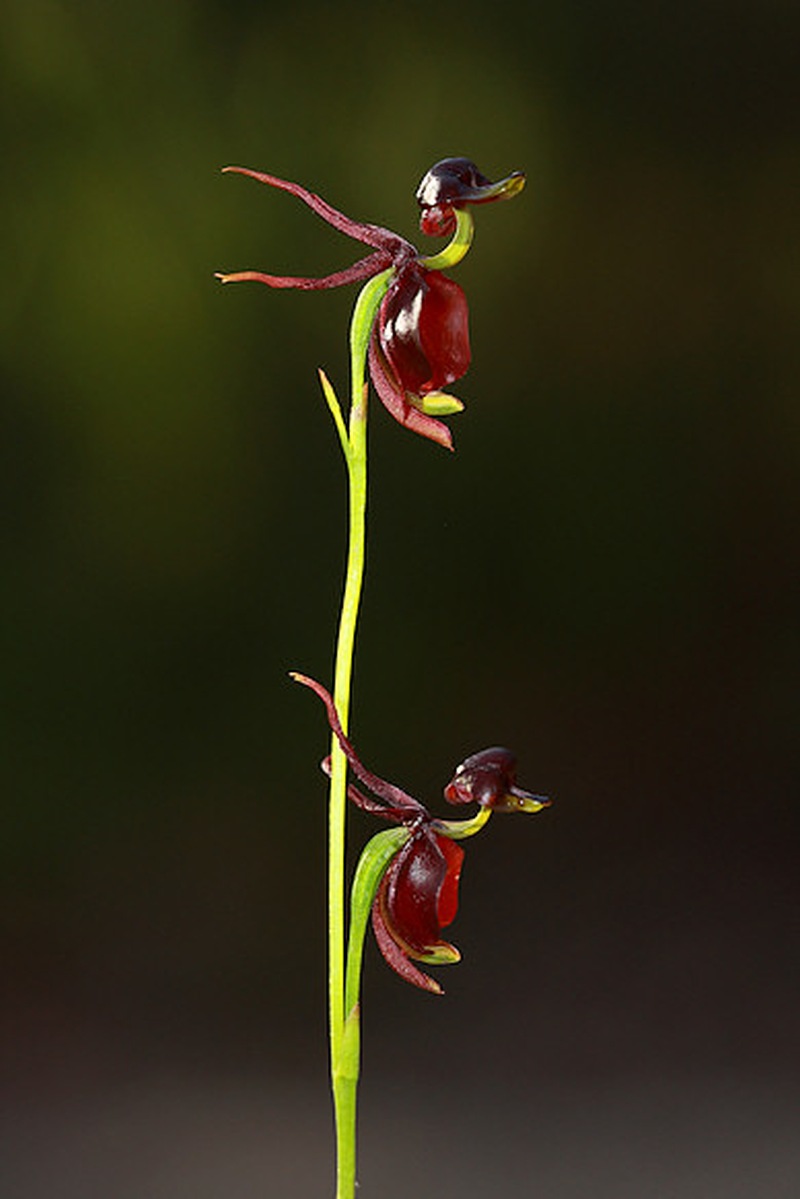
Why does this orchid have such a unique duck shape? It helps increase its pollination. Its scent attracts sawflies who land on the “bill”, where their weight forces them down and inside the flower, temporarily curling the “bill” down and in. From there, the only way out is through a pollen-laden section of the flower where the sawfly finds itself and then emerges from. Native to Australia, this orchid is difficult to find, despite its shape, beacuse its reddish brownish coloring makes it blend right into the Australian bush. In case you wanted a Flying Duck Orchid for your home greenhouse, we are sorry to let you know that the flower only grows in the wild, in Australia, and has never been propagated. In order to grow, it depends symbiotically on a certain type of vegetative fungus that only grows in Australia.
Protea Pinwheel (Leucospermum catherinae)

Photo: Jen R
Also known as the Catherine-wheel Pincushion, the most exquisite of the “firework pincushion” flowers does indeed looks like a huge spinning firework. The flower heads become disc-shaped with age, about 15 cm (6 in) in diameter, consisting of pale orange flowers. From the center of each flower emerges a long initially orange, later coppery bronze style with a thickened magenta tip that is bent clockwise, giving the entire head the appearance of a whirling pincushion. Or pinwheel. Or Catherine wheel. Anyway, the plant can be grown both indoors and outdoors – it likes good air circulation, full sunlight, and ample drainage. In the wild, however, the protea pinwheel is considered an endangered species, vulnerable due to its fragmented distribution.
Hot Lips (Psychotria elata)

Photo: IROZ
Also called Flower Lips, the bright red bits of this plant that resemble bright red lips are actually bracts, not petals. They only remain in their kissable state for a few days before opening to reveal little yellow and white flowers within. The plant is native to the tropical regions of Columbia, Costa Rica and Panama, but due to its popularity with collectors and the deforestation of its natural habitat it’s landed on the endangered list. Let’s hope we don’t have to kiss this little beauty goodbye anytime soon!
Swaddled Babies (Anguloa uniflora)
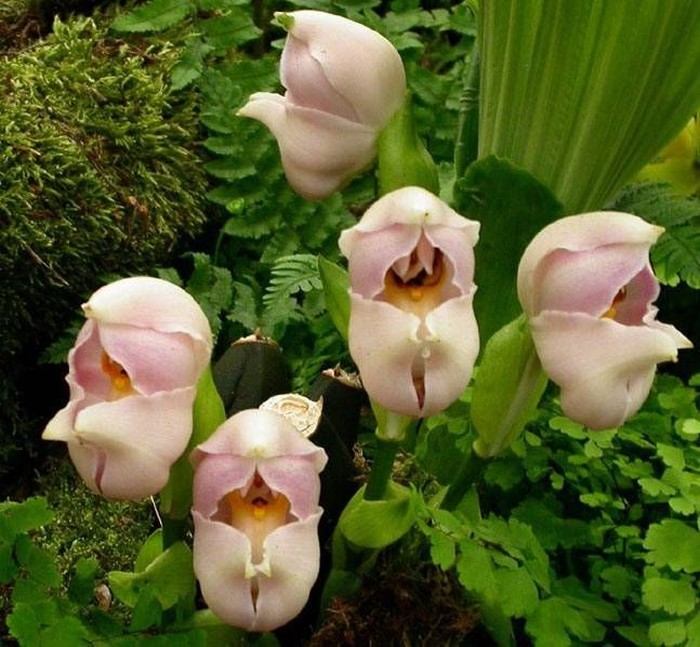
Photo: Tim Waters
Originally discovered in the Colombian Andes between 1777-1788 during a ten year expedition, these cute little baby-like tulip orchids weren’t named and officially classified until 1798. During certain times of the plant’s blooming stage, the flowers’ unique shapes resembles that of a baby all wrapped up in white swaddling. Their scent attracts insects to the hinged lip of the petal where the unsuspecting creatures are shoved into the column. There, a pack of pollen then attaches itself to their abdomens, increasing pollination. You can also grow these plants at home.
Bee Orchid (Ophrys apifera)

Photo: Charlie Jackson
This beautiful little guy gets its name from its uncanny resemblance to a bumblebee. The Bee Orchid is widespread across Europe the Middle East and even north Africa, alas increasingly scarce because the propagation process is so difficult. The plant requires a symbiotic relationship with a certain type of fungus in order to successfully grow, making transplanting extremely difficult. This orchid is cleverer than it appears: the shape of the flower mimics the look and smell of a female bee which entices male bees towards it to mate, thus speeding up the pollination process!
Dove Orchid Or Holy Ghost Orchid (Peristeria elata)

Photo: Orchi

Photo: shroff pranothi
Native to and national flower of Panama, the Dove or Holy Ghost Orchid produces delicately marbled white flowers that, if you look closely, look like they have a small dove with open wings perched inside. Unlike most other orchids that can be found growing on or near trees, this plant grows on ground level, sometimes on rocks. The dove inside the flower is so intricate it looks almost like it’s been carved out of ivory. It’s other name – Holy Ghost Orchid – refers to the Holy Ghost took the form of a dove in the Bible. This type of orchid is so highly-sought and over-picked that it is now classified as endangered in its native country.
Brazilian Dutchman’s Pipe (Aristolochia gigantea)
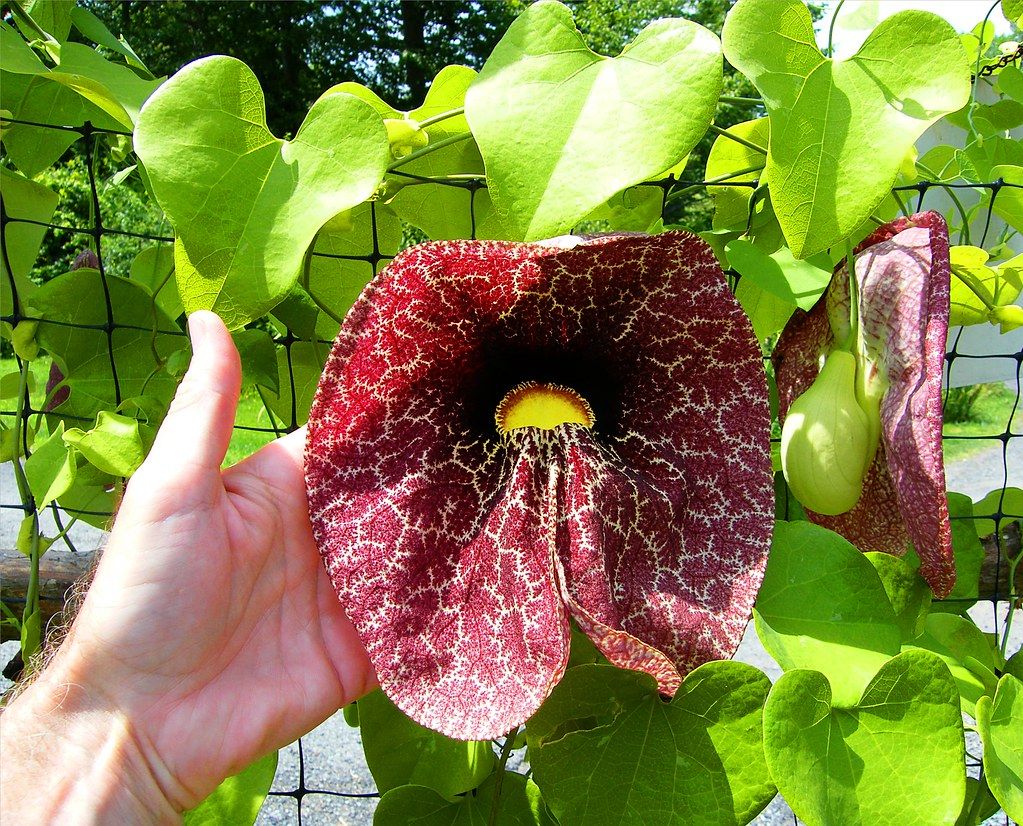
Photo: Stanley Zimny
Also known as the Giant Pelican Plant, this Brazilian native vaguely resembles not only a pelican, but a Sherlock-style pipe that was popular in Holland (despite being located halfway around the globe). Despite its spectacular appearance, the flower gives off a foul odor, but that’s not the only thing that makes the Giant Dutchman’s Pipe less than appealing. The plant perplexes the Pipevine Swallowtail butterfly, which confuses it with its native host plant. But the Dutchman’s Pipe does not support the Pipevine Swallowtail butterflies’ eggs and will only kill the caterpillars.
Monkey orchid (Dracula simia)
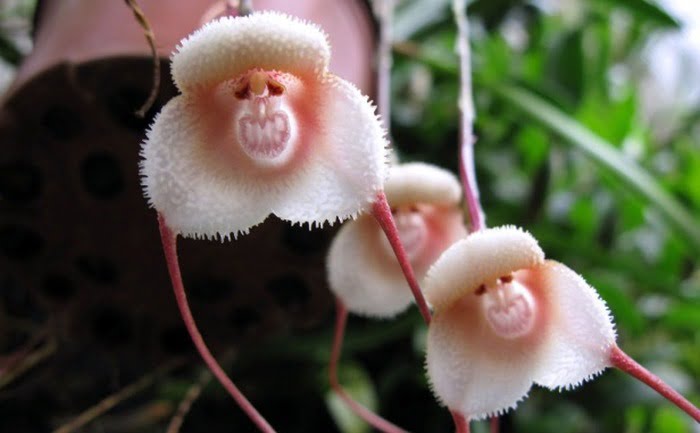

Photo: Columbus GV Team
The Dracula genus of orchids – more often referred to as the “Monkey Orchid” – is a family with more than 110 different varieties with an uncanny resemblance to monkey heads. Most of Dracula Orchid Simia specimen have been discovered at the mountainous rain-forests of southern Ecuador and Peru, at altitudes of more than 3,000 feet. This rare plant has the ability to bloom all year round and its flowers smell like ripe oranges, making it a prized addition to any orchid connoisseurs garden.
Parrot Flower (Impatiens psittacina)
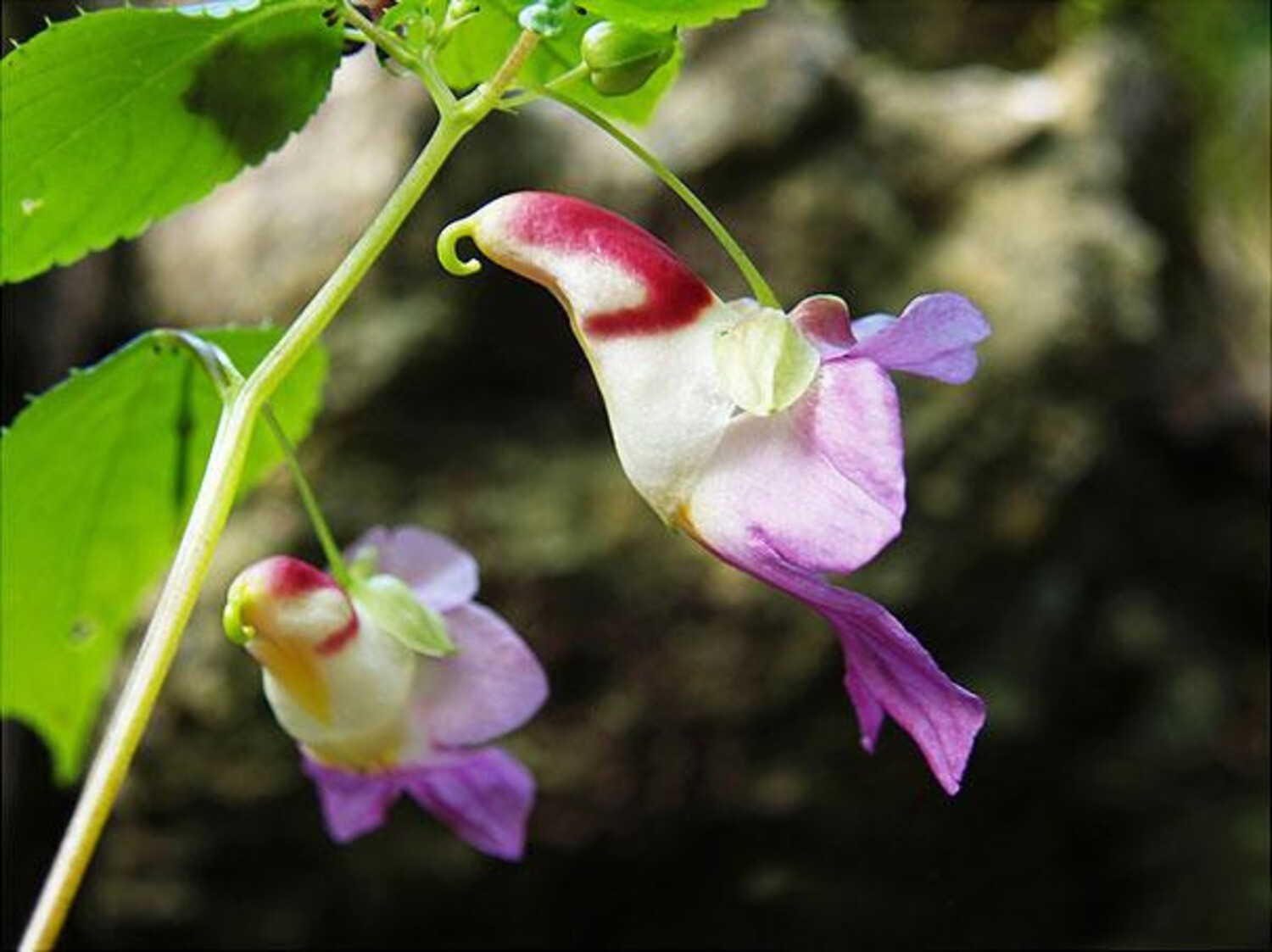
Source
If you’ve never seen a Parrot Flower, it’s not a coincidence. Native to Thailand, the plant is classified as endangered and therefore not allowed to leave the country. The cool thing about the flower of this rare species is that when you look at it from the side, it looks just like a parrot in flight. So much so that when images of this flower first began to circulate on the web they were dismissed as being “digitally manipulated” or Photoshopped. But that’s also because very few people had actually seen one as they are so extremely rare in the wild and it’s illegal to remove them.
Snapdragon Seed Pod (Antirrhinum majus)
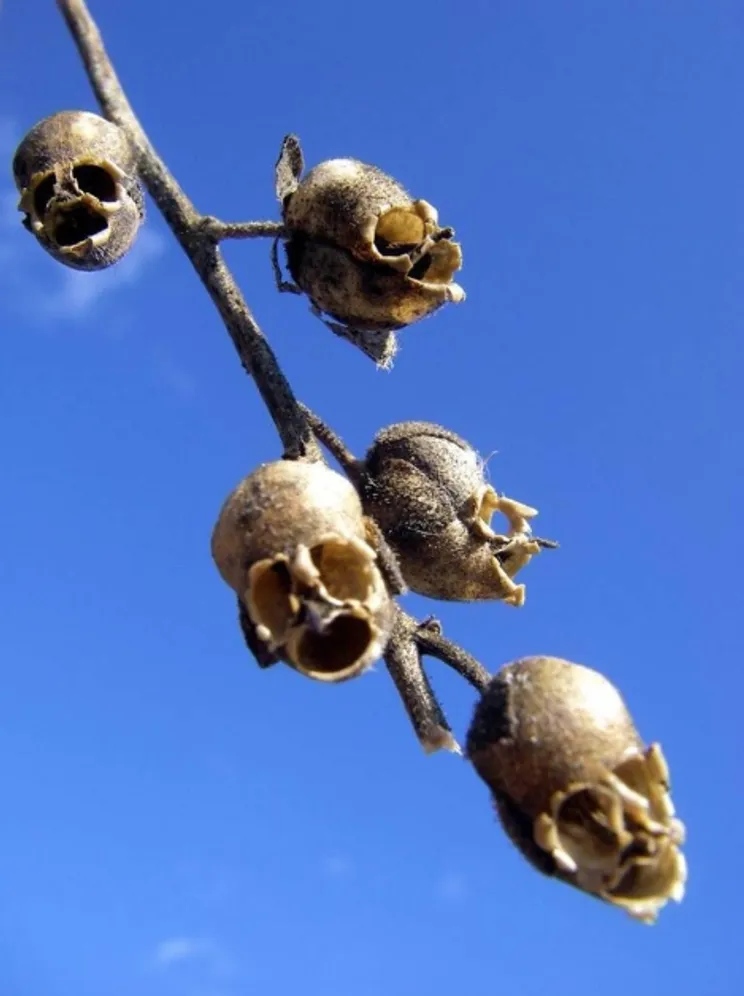
The common name “snapdragon”, originates from the flowers’ unique reaction to having their throats squeezed, which causes the “mouth” of the flower to snap open like a dragon’s mouth. Another, less known, chracteristic of the plant is that produces “dragon skulls” once the Snapdragon has gone to seed! Not surprisingly, in ancient times people believed Snapdragons held mystical powers, and that growing them in one’s garden would protect one’s home from curses and evil. Fight fire with fire, one would say.
Tiger Face in Moon Orchid (Phalaenopsis amabilis)

Photo: Max Fulcher
In nature, the stripings and markings on flowers are evolved to either mimic larger animals in order to scare away predators, or to resemble the genitals of insects in order to attract the largest number of pollinators and propagate. In the case of the Moon Orchid, one of Indonesia’s three national flowers, the stripes look almost exactly like that of a tiger! Makes you wonder what kind animals this pretty little flower is trying to scare off.
Chamber Maids (Calceolaria uniflora)
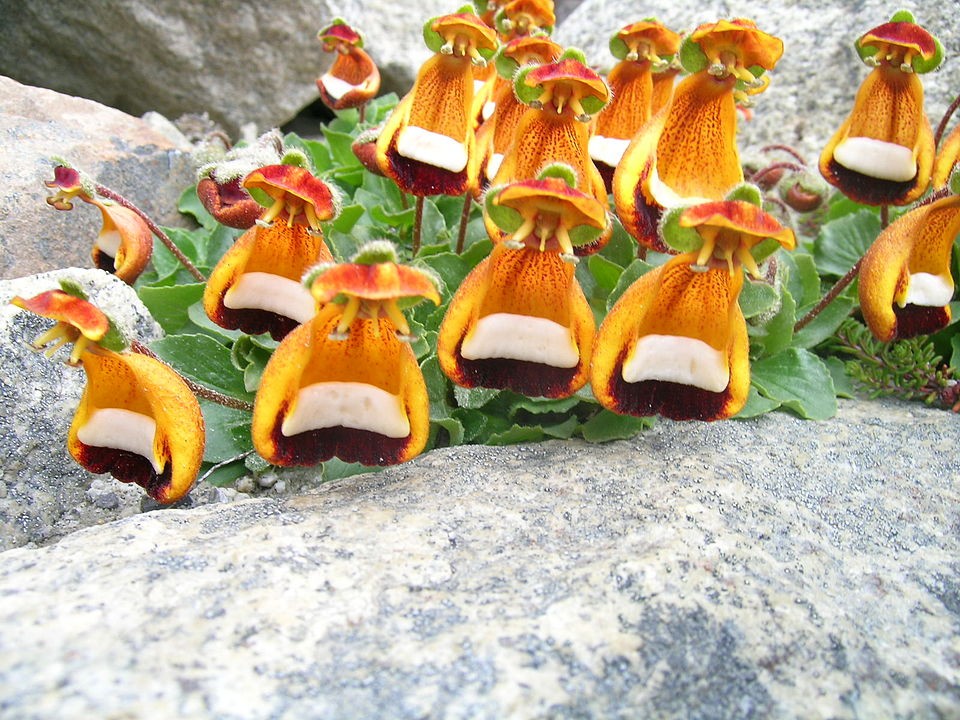
Calceolaria uniflora, Torres del Paine, Chile. Photo: Thomas Mathis
Also called Darwin’s Slipper, and the Happy Alien, these little mountain flowers are truly unique. Originally discovered by Darwin between 1831 and 1836, the Chamber Maids love cold weather and can still be found in profusion in Tierra del Fuego, South America. The little white “plate” section of the flower tantalizes local birds who eat it and, in doing so, gather pollen on their heads and in turn aid in the pollination of the plant. They also make the plants look like tiny women wearing maids aprons.
Angel Orchid (Zygopetalum rhein)
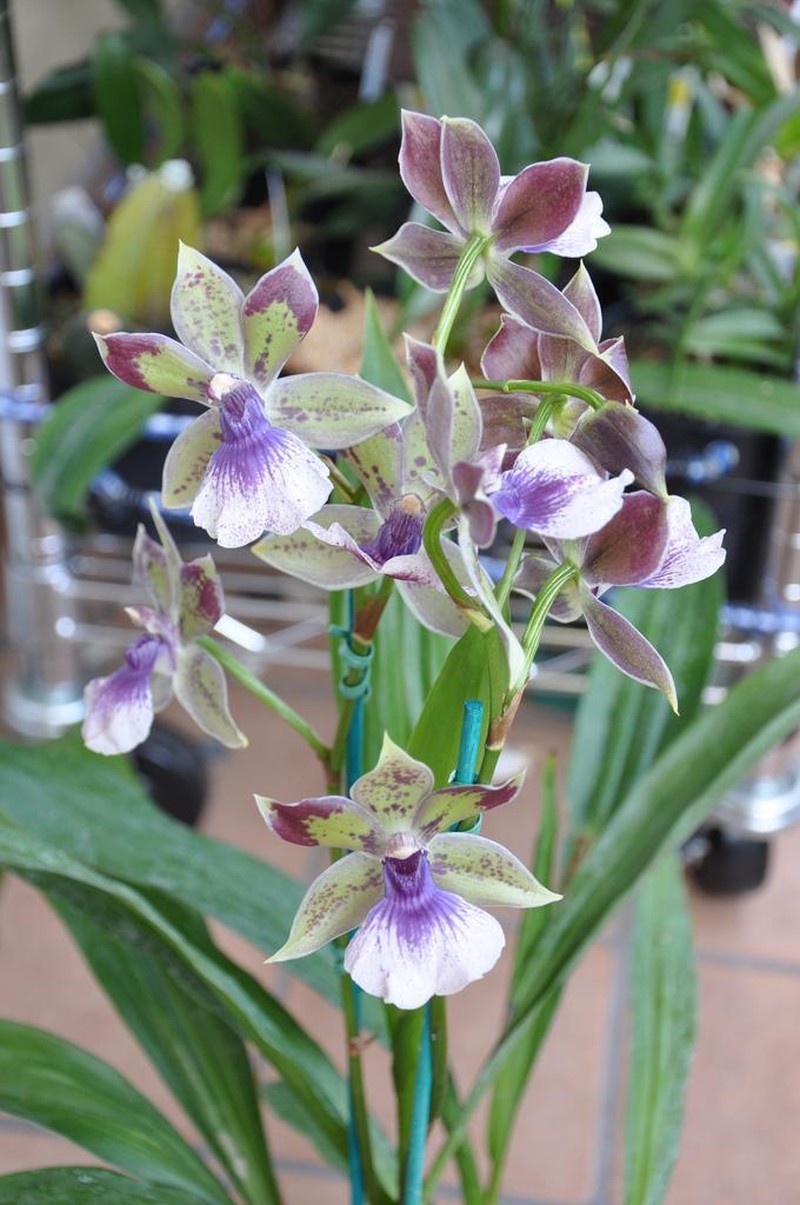
Photo: Stefano
Named for its uncanny resemblance to an angel wearing a gown, the Angel Orchid was first discovered in 1932 and is native to the grasslands of India. The Angel Orchid is a rather short orchid in stature, topping out at just 5 inches high, with a single heart-shaped leaf that sits flat on the ground. The flowers themselves bloom in clusters ranging from one single orchid flower to five. They are the first orchids to bloom with the onset of monsoon season. It is a super fast growing orhcid and smells very pleasant.
Fly Orchid (Ophrys insectifera)

Photo: Robert Shell
The Fly Orchid is a relatively widespread type of European orchid that grows to be between 11 and 15 inches tall. Its flowers look like little flies, with big, black, bug eyes and all of that. The name, however, refers to the plan’s ability to attracts flies and aphids. Its tuber can be dried and turned into Salep which is said to be very nutritious (that said, we take no responsibility for any ill effects caused by eating your orchids!).
White Egret Orchid (Pecteilis radiata)
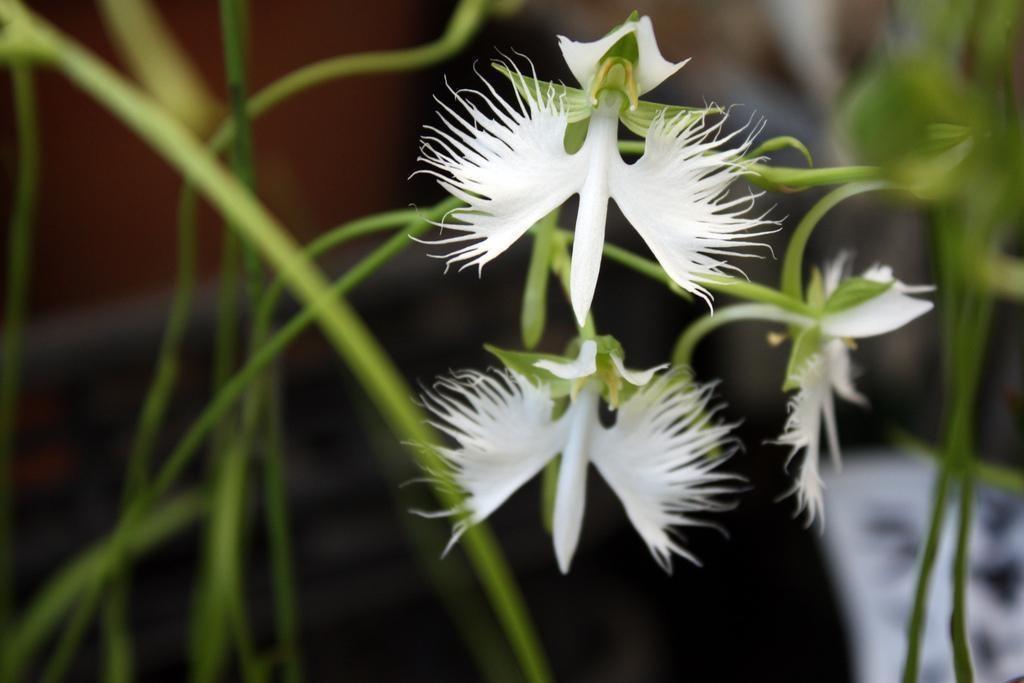
Photo: Hiroaki Maeda
The White Egret Orchid, one of the most delicate and intricate of orchids, looks almost exactly like the bird it was named after – when the egret is in full flight. It is among the most distinctive orchids and is therefore extremely popular with plant collectors and gardeners alike. This wild orchid variety flourishes in Asia and has also proven to successfully flourish in the United States. The flying bird-like flowers of the White Egret Orchid grow along a single spike, and a single spike can yield up to ten individual flowers and can grow up to sixteen inches tall!
Virgin Mary in Moon Orchid (Phalaenopsis amabilis)
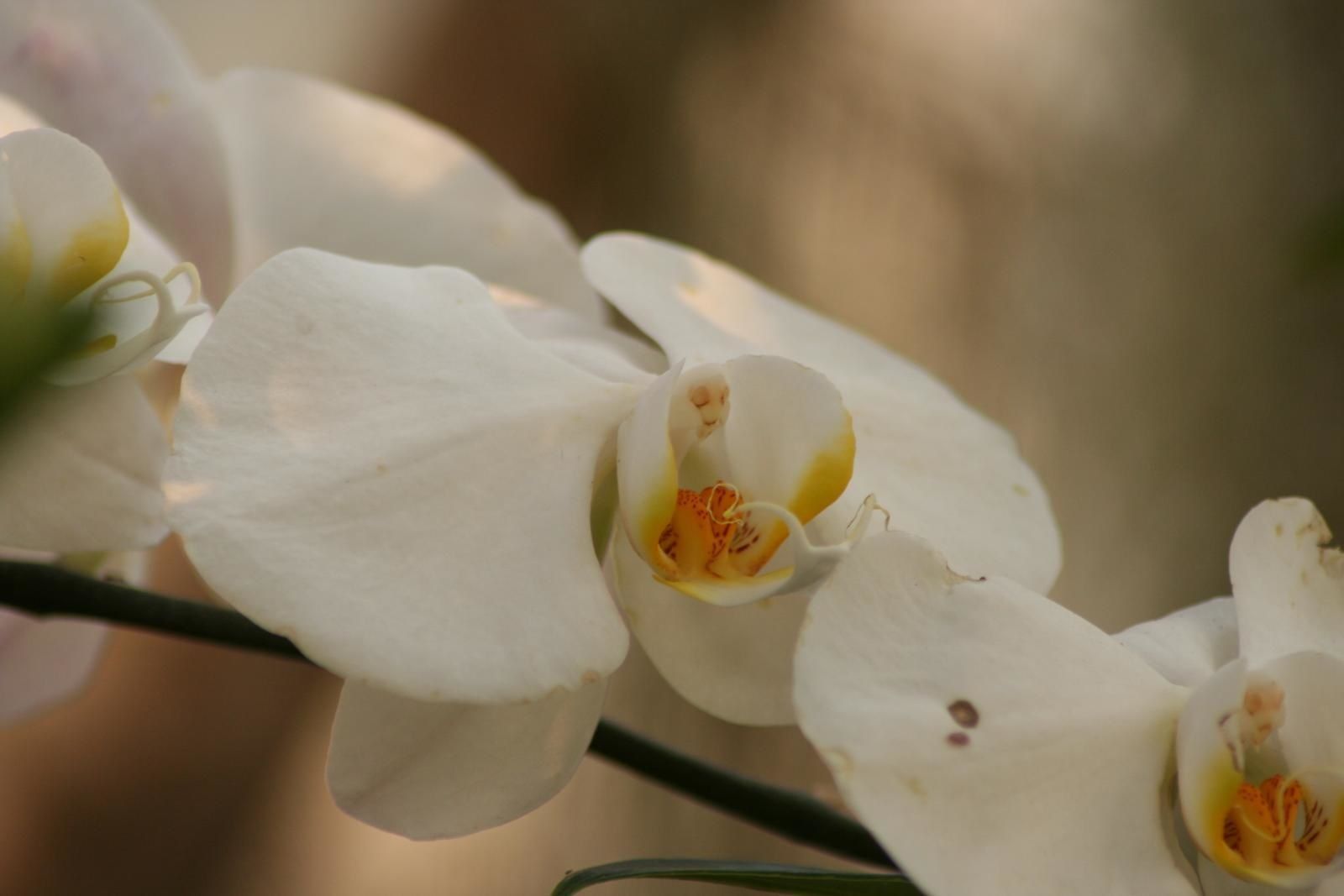
Photo: Ol’Pete
This coastal-loving orchid comes almost exclusively in white and at first appears to be a common Moth Orchid. Upon closer inspection, however, it looks as if a like a tiny carving of the Catholic Madonna has been placed inside. The Virgin Orchid is an excellent home for ants as the bulbous bottom of the plant, and the pseudo bulbous area below new stem growth are actually hollow and filled with tunnels and caverns, making perfect natural homes for ants. But don’t worry, the ants won’t harm your plant!
Devil’s Hand (Chiranthodendron pentadactylon)
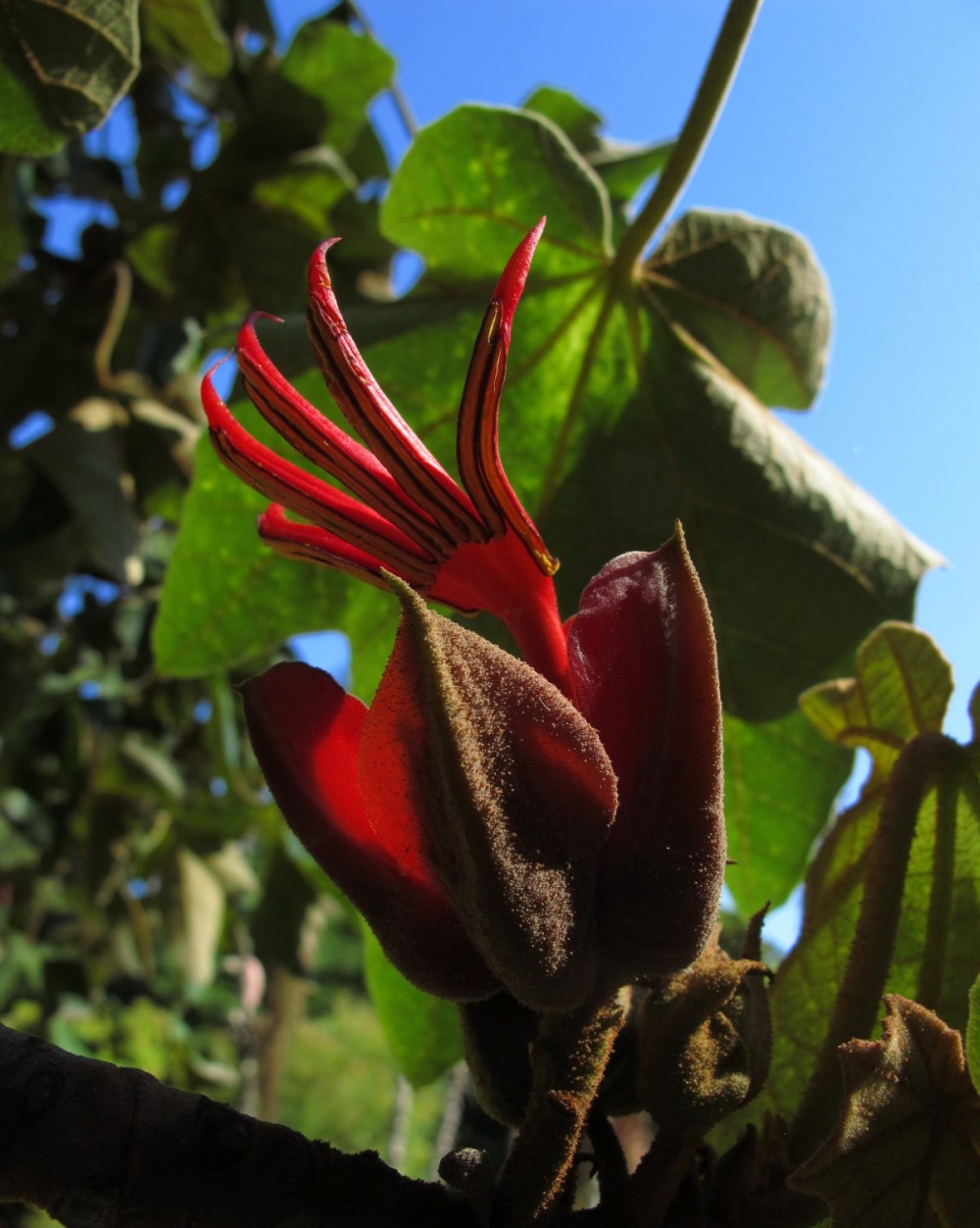
Photo: Josh*m
Bàn tay nhàn rỗi là xưởng của quỷ, và điều này đặc biệt đúng với loài lan rất đặc biệt này. Còn được gọi là Monkey’s Hand hoặc Monkey Paw, Devil’s Hand Orchid có nguồn gốc từ Mexico, nơi người Aztec cổ đại coi trọng nó đặc biệt tôn giáo, thu hoạch những bông hoa giống như móng vuốt trong nhiều thế hệ và nhiều thế hệ. Quả được sản xuất bởi cây này có vị đất (l) y và đã được sử dụng trong y học cổ truyền để điều trị bệnh tim và bệnh tim. Không giống như một số loài lan khác, Bàn tay của quỷ cực kỳ khỏe mạnh và có thể phát triển tương đối nhanh, cao tới 40 ‘đến 90’!
Móng vuốt tôm hùm (Heliconia rostrata)
![]()
Ảnh: Pat
Bộ sưu tập những bông hoa kỳ lạ trông giống như một thứ khác sẽ không hoàn chỉnh nếu không có Móng vuốt tôm hùm quyến rũ, đầy màu sắc. Còn được gọi là Chim giả của thiên đường và Chuối hoang dã, những bông hoa đầy màu sắc của Móng vuốt tôm hùm nổi lên từ những cụm lá trông giống như chuối. Những chiếc lá bắc giống như hoa màu đỏ thực sự che giấu những bông hoa thực sự của cây, đòi hỏi những con chim có mỏ chuyên dụng để thụ phấn. Một loại cây cảnh tuyệt vời, Móng vuốt tôm hùm có thể cao tới 3,5 ‘và nó nở hoa nhiều lần trong năm.
Bạn có biết bất kỳ loại cây trông thú vị nào khác trông giống như một thứ khác không? Xin đừng ngần ngại chia sẻ nó trong các ý kiến!